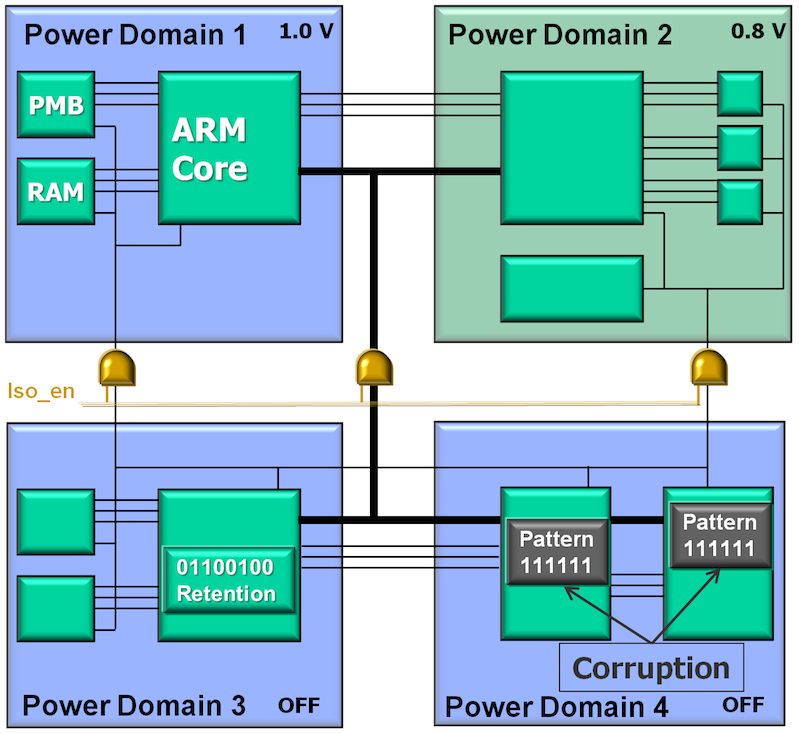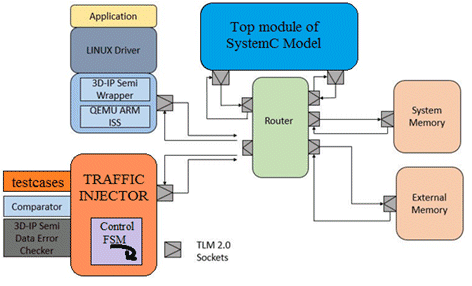
- #Verify arm emulator operation verification#
- #Verify arm emulator operation software#
- #Verify arm emulator operation code#
To cope with the difficulties of debugging the embedded system many tools and techniques have been introduced to help engineers get embedded systems working sooner and in a more systematic way. Controlling and observing the system while it is running may not even be possible. Unfortunately, finding out what is not working while the system is running is not always easy. This practice is called testing and it is not as comprehensive as verification.
#Verify arm emulator operation software#
If by chance it does not work, try to do what you can to modify the software and hardware to get the system to work.
#Verify arm emulator operation verification#
The oldest form of' embedded system verification is to build the system, run the software.

Software verification aims to execute the software and observe its behavior, while hardware verification involves making sure the hardware performs correctly in response to outside stimuli and the executing software. These are the final steps to ensure that a working system meets the design requirements.Įmbedded system verification refers to the tools and techniques used to verify that a system does not have hardware or software bugs. Two important concepts of' integrating hardware and software are verification and validation. Doing it sooner is better than later, though it must be done smartly to avoid wasted time debugging good software on broken hardware or debugging good hardware running broken software. There are numerous ways to perform this integration. How and when hardware and software will meet for the first time to resolve bugs should be decided early in the project. Somewhere during the project, the newly coded software meets the newly designed hardware. The most crucial step in embedded system design is the integration of hardware and software. During this phase, tools for compilation and debugging are selected and coding is done.
#Verify arm emulator operation code#
Examples include boot code to start up the CPU and initialize the system, hardware diagnostics, real-time operating system (RTOS), device drivers, and application software. Once the memory map is defined and the hardware registers are documented, work begins to develop many different kinds of software. As we will see, the accuracy of this information is crucial to the success of the entire project. The hardware design team will generate some important data for the software team Such as the CPU address map(s) and the register definitions for all software programmable registers. Once the architecture is set and the processor(s) have been selected, the next step is hardware design. When in doubt, the best practice is to stick with the current architecture. Most companies will not change processors unless there is something seriously deficient with the current architecture. Embedded guru Jack Ganssle says the rule of thumb is to decide if 70% of the software can be reused: if so. Software investment is a major consideration for switching the processor. Creating a feature matrix is a good way to sift through the data to make comparisons. though apples-to-apples comparisons are often difficult to obtain. and available simulation models.īenchmark data is generally available.

power, software development tools, legacy software, RTOS choices.

There are an endless number of ways to compare microprocessors, both technical and nontechnical. One of the most difficult steps in embedded system design can be the choice of the microprocessor. System architects provide answers to questions such as, “How many packets/sec can this muter design handle'?” or “What is the memory bandwidth required to support two simultaneous MPEG streams?” System designers use simulation tools, software models, and spreadsheets to determine the architecture that best meets the system requirements. and software functionality are determined. System architecture defines the major blocks and functions of the system. and are easy to use.įigure 6.1: Embedded System Design Process Requirements Marketing, sales, engineering, or any other individuals who are experts in the field and understand what customers need and will buy to solve a specific problem, can document product requirements.Ĭapturing the correct requirements gets the project off to a good start, minimizes the chances of future product modifications, and ensures there is a market for the product if it is designed and built. The requirements and product specification phase documents and defines the required features and functionality of the product. Figure 6.1 below contains a list of the steps in the process and a short summary of what happens at each state of the design. The process of embedded system design generally starts with a set of requirements for what the product must do and ends with a working product that meets all of the requirements.


 0 kommentar(er)
0 kommentar(er)
